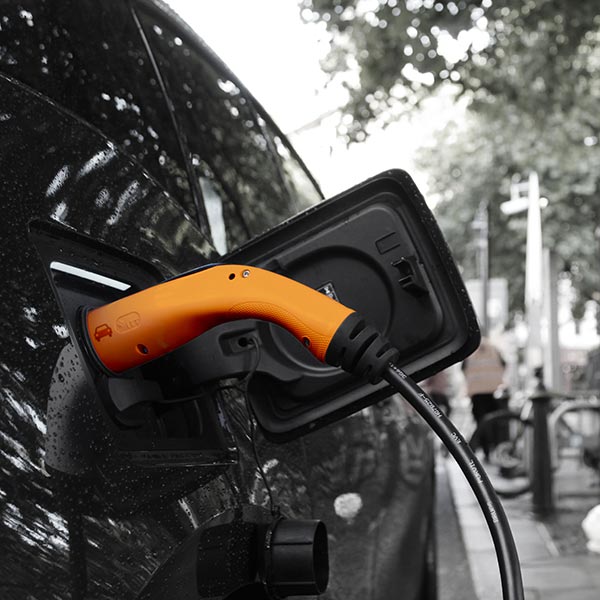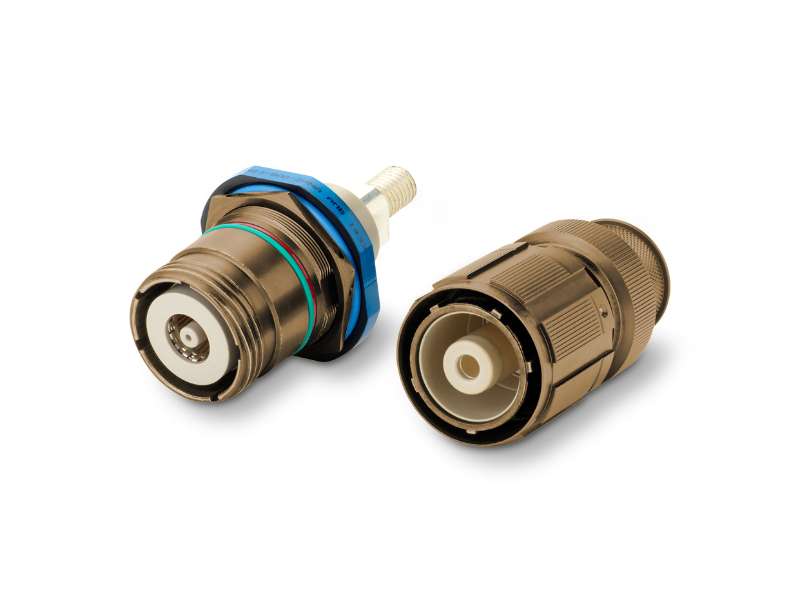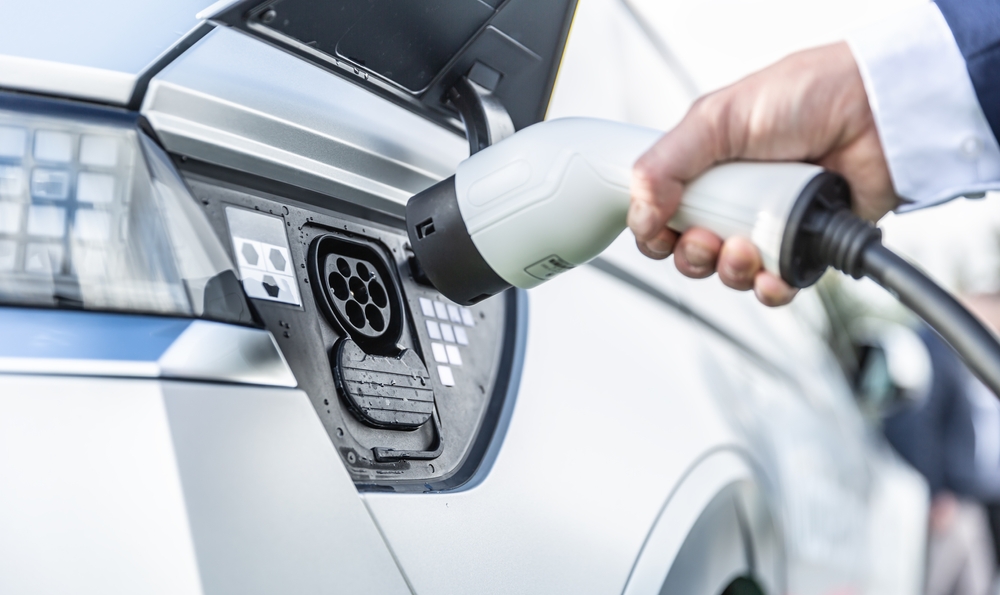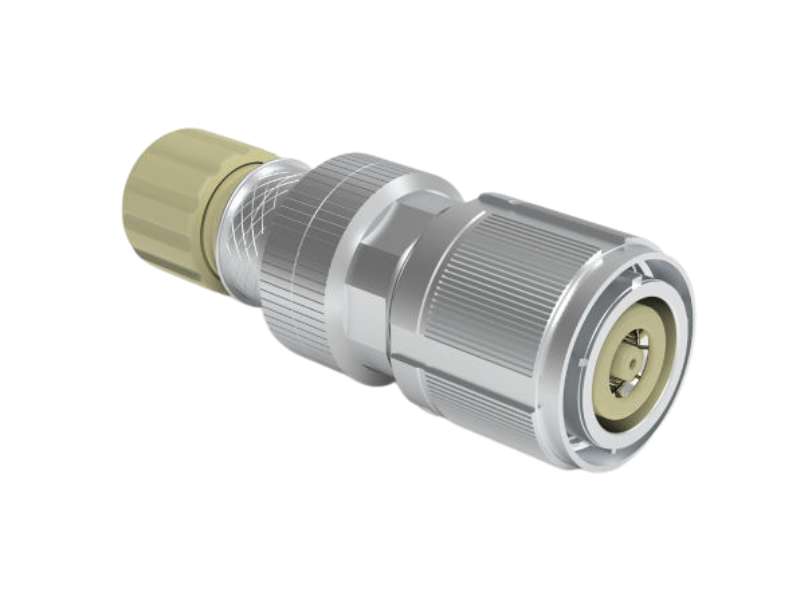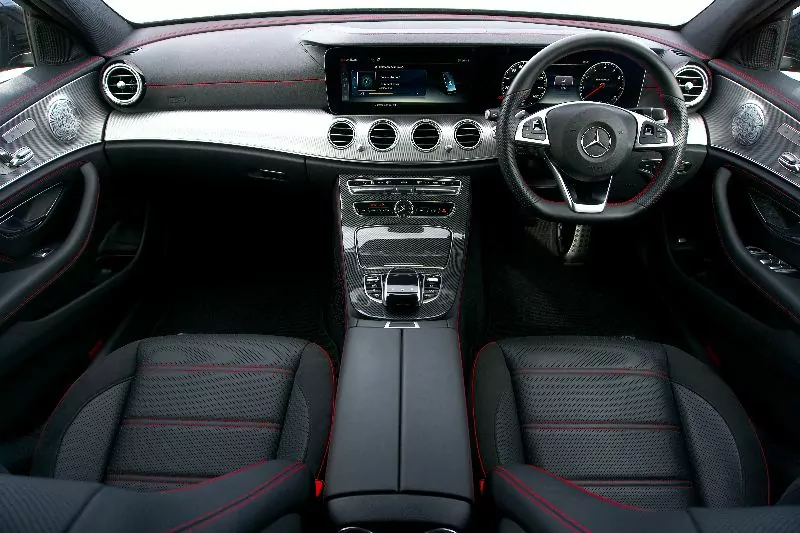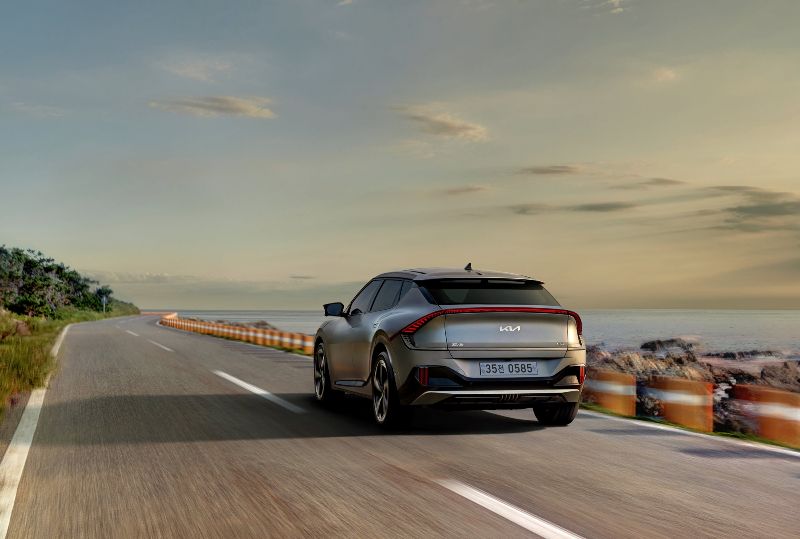Recent years have witnessed the automotive sector transforming at a pace like never before, with electronics playing a central role in this metamorphosis. As we drive towards 2024, we arrive at the horizon of even more significant technological leaps. But these exciting frontiers also bring forth a slew of challenges that the industry needs to address.
The push towards Electric Vehicles (EVs) has steadily accelerated, fuelled primarily by mounting environmental concerns and the drive to cut down carbon footprints. Although EVs offer a beacon of hope for a cleaner future, they come with their fair share of electronic hurdles. A standout concern is the pursuit of robust batteries that promise extended ranges and brisk charging. Additionally, the intricacies involved in devising electronic systems for power allocation, temperature regulation, and regenerative braking magnify the production complexities.
On another front, Autonomous Driving Technology is evolving at a breakneck speed. The vision of cars navigating roads without human intervention might soon become a reality. But before we get there, automakers have their work cut out – perfecting sensors, refining AI algorithms, and establishing foolproof communication infrastructures. And, as these cars grow increasingly networked, the spectre of cybersecurity breaches casts a shadow over advancements.
Vehicle-to-Everything (V2X) Communication is another focal point. By letting vehicles communicate with both each other and external infrastructures like traffic signals, V2X can drastically improve road safety and efficiency. The challenge lies in creating a universally accepted communication framework and ensuring impervious cybersecurity.
Meanwhile, even as the spotlight shines on EVs, traditional vehicles aren’t left behind. The drive towards electrifying their powertrains presents another electronic puzzle. Hybrid models are on the rise, necessitating state-of-the-art electronics to ensure a smooth switch between electric and petrol-driven systems.
The introduction of Over-the-Air (OTA) Updates, which allows remote software amendments, might seem like a blessing. Yet, they carry cybersecurity vulnerabilities, making stringent security protocols imperative.
In tandem with these advancements, environmental responsibilities are pressing automakers to adopt greener manufacturing methods. From sustainable materials to energy-efficient production lines, the journey to eco-friendliness without sacrificing performance or affordability is a tightrope walk.
Add to this mix the challenges stemming from global supply chain disruptions, from semiconductor shortages to political strife, which threaten to upset production timelines and budgets. Furthermore, as vehicles bristle with more electronics, shielding them from Electromagnetic Interference (EMI) becomes paramount.
In conclusion, 2023 paints a picture of both immense opportunity and challenges for the automotive world. Despite the hurdles, with concerted efforts from industry players, breakthroughs are on the horizon. One thing remains clear: electronics are shaping the future trajectory of the global automotive industry.
For more help with looking at supply chain options, contact Astute Electronics


